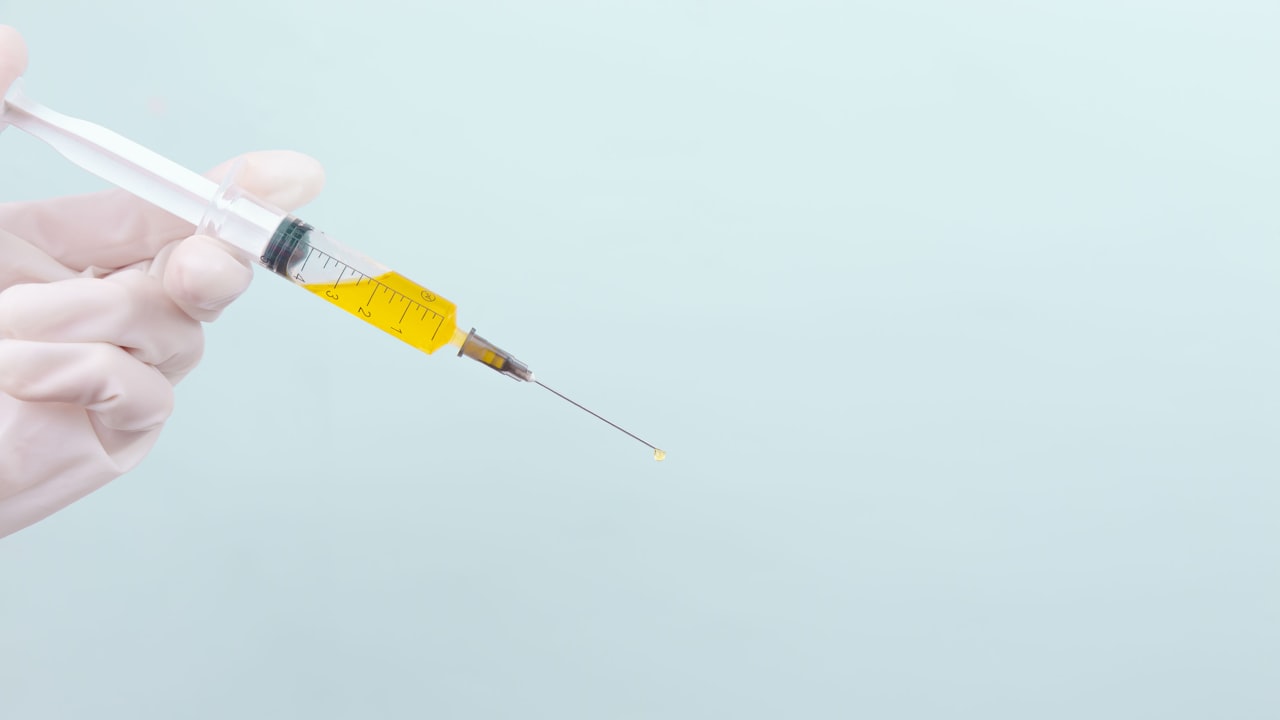 Title: Design Considerations for Injection Molds: Key Factors and Tips
Title: Design Considerations for Injection Molds: Key Factors and Tips
Article:
Injection molds play a crucial role in the production process of various plastic products. Selecting the right design and considering key factors are essential for achieving optimal results. Whether you are a part of an injection mold factory or looking for a reliable injection mold supplier, understanding the design considerations is vital.
One of the primary factors to consider when designing injection molds is the material selection. Different plastics have varying properties, such as thermal conductivity, shrinkage rates, and moldability. The choice of material will impact the overall quality and performance of the final product. Consulting with material experts and conducting thorough tests is crucial in ensuring the compatibility of the material with the mold design.
Another important consideration is the complexity of the part design. Complex geometries may require advanced mold features, such as intricate cooling channels or multiple sliders, which can increase production costs and lead times. Simplicity in part design is often preferred to optimize the mold’s efficiency and reduce the risk of defects.
Furthermore, the selection of mold steel and surface finishes can greatly influence the mold’s durability and the quality of the finished product. High-quality mold steel with proper hardness and surface treatment can extend the mold’s lifespan and improve part surface finish.
Proper venting is also critical in injection mold design to prevent air traps and ensure consistent part quality. Insufficient venting may result in surface defects, such as burn marks or air pockets, compromising the integrity of the product.
Considering factors such as draft angles, gate design, and ejection methods are also essential in ensuring smooth production processes and minimizing potential issues.
In conclusion, designing injection molds requires careful consideration of various factors to achieve optimal results. Collaboration between designers, engineers, and material experts is essential in creating molds that meet the requirements of the production process. By focusing on key factors and following best practices, injection mold designers can enhance product quality, reduce production costs, and improve overall efficiency in the manufacturing process.

 Title: Designing Precision Injection Molds: Key Considerations and Best Practices
Title: Designing Precision Injection Molds: Key Considerations and Best Practices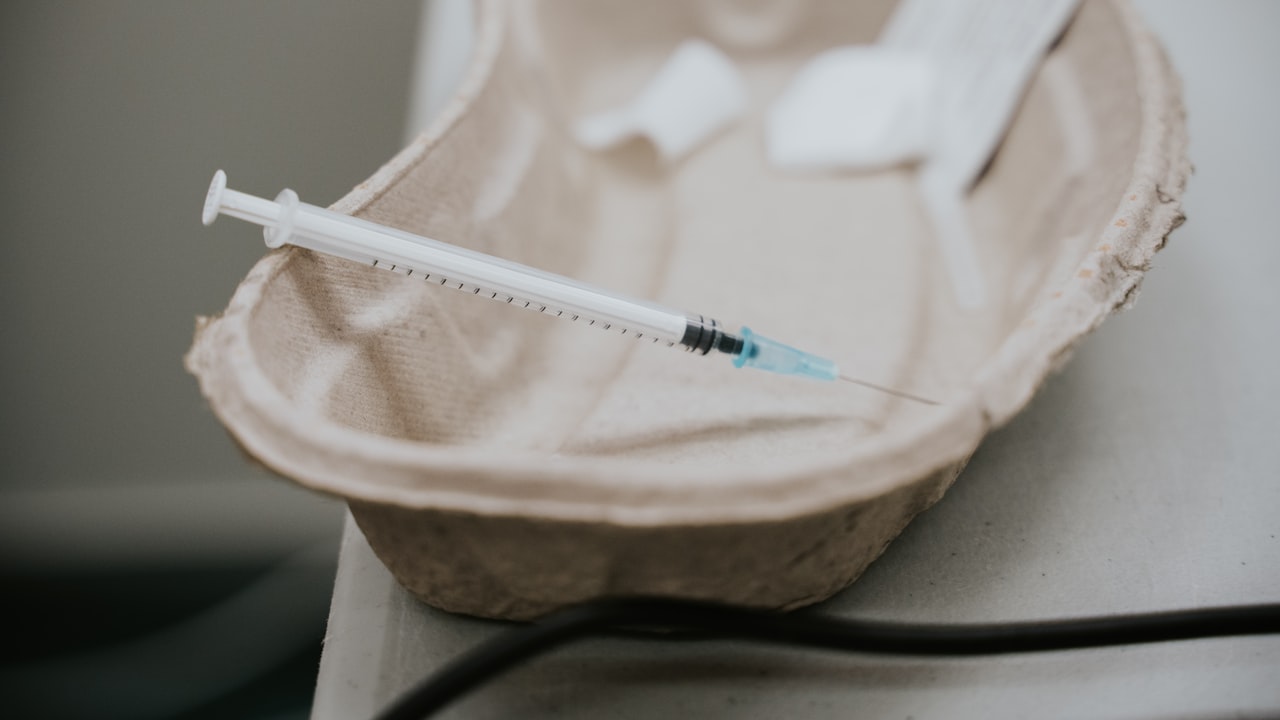 Title: Introduction to Injection Molds: Key Components and Working Principle
Title: Introduction to Injection Molds: Key Components and Working Principle Title: Design and Manufacturing Process of Injection Molds: A Comprehensive Guide
Title: Design and Manufacturing Process of Injection Molds: A Comprehensive Guide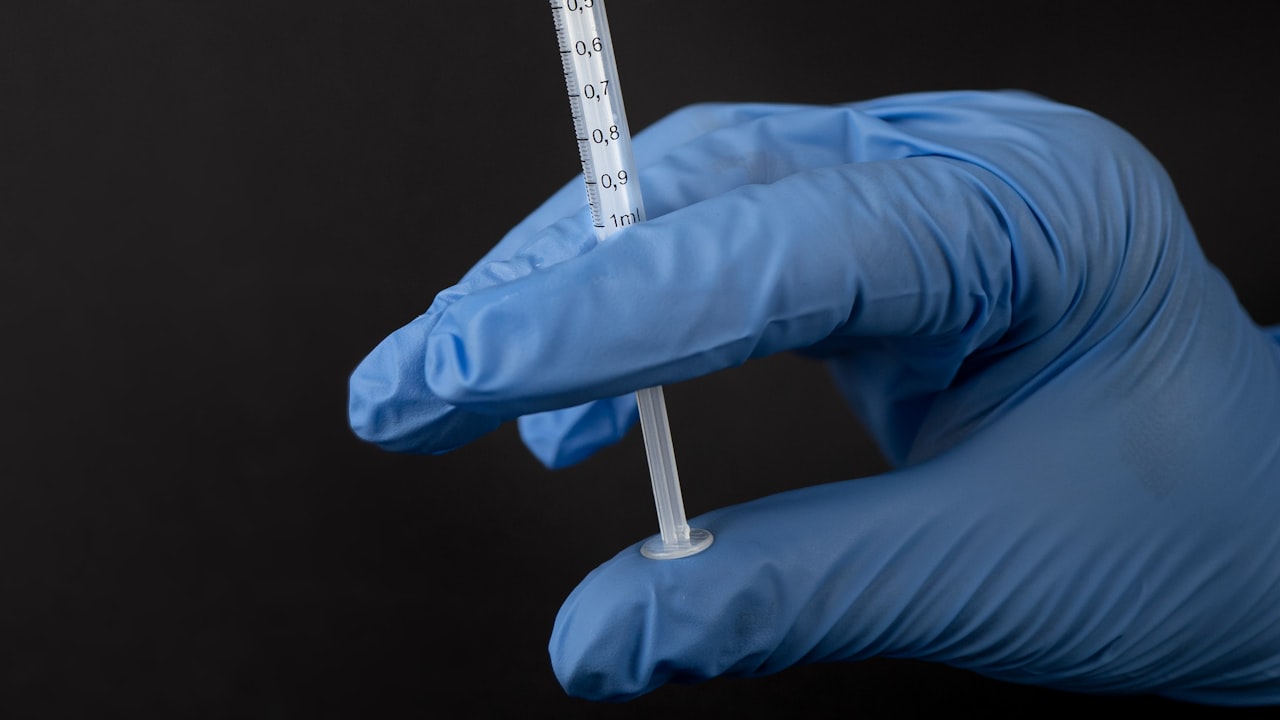 Title: Designing Precision Injection Molds for Optimal Production Results
Title: Designing Precision Injection Molds for Optimal Production Results Title: Designing Optimal Injection Molds for Plastic Components
Title: Designing Optimal Injection Molds for Plastic Components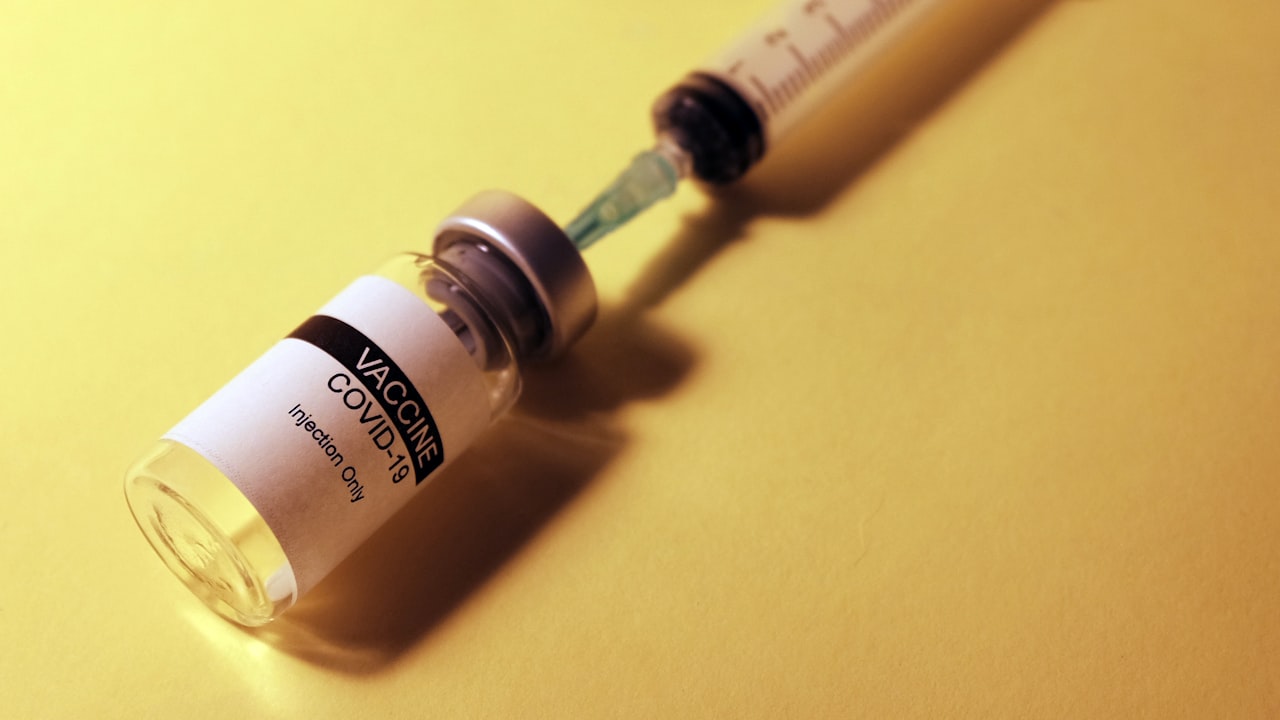 Title: Design and Development of Injection Molds in Manufacturing Processes
Title: Design and Development of Injection Molds in Manufacturing Processes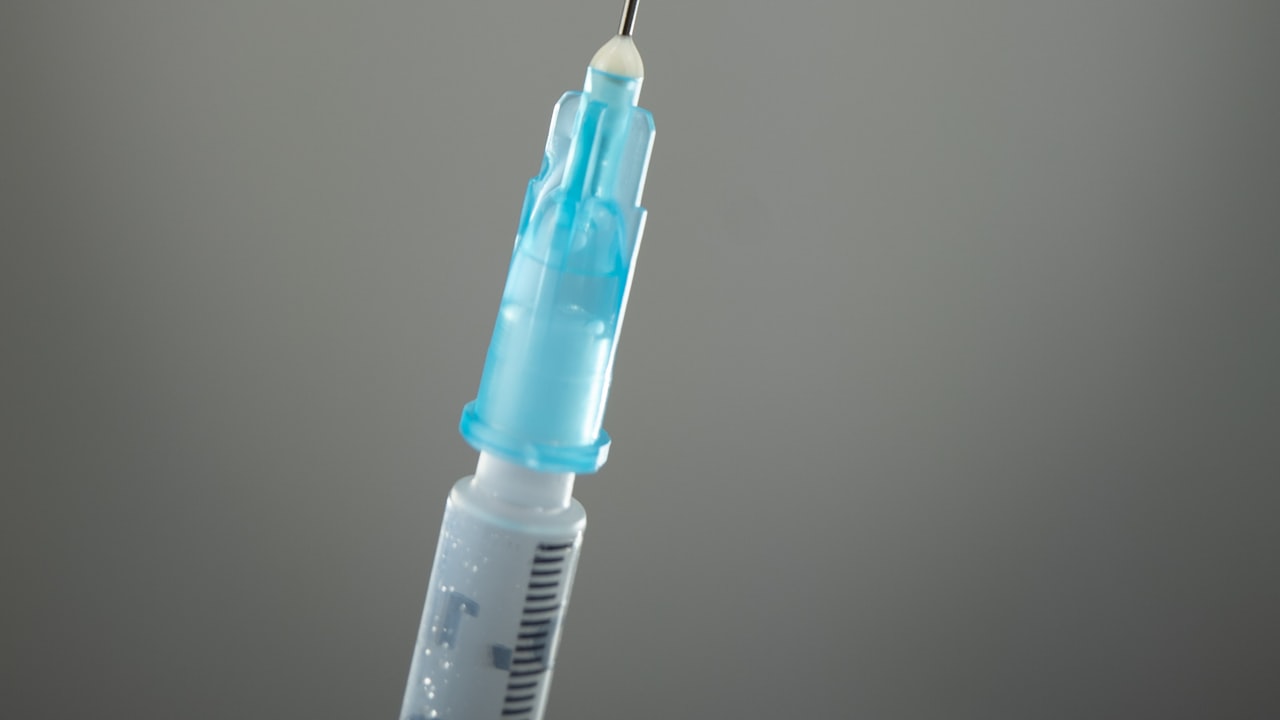 Title: “The Role of Injection Molds in Manufacturing Processes”
Title: “The Role of Injection Molds in Manufacturing Processes”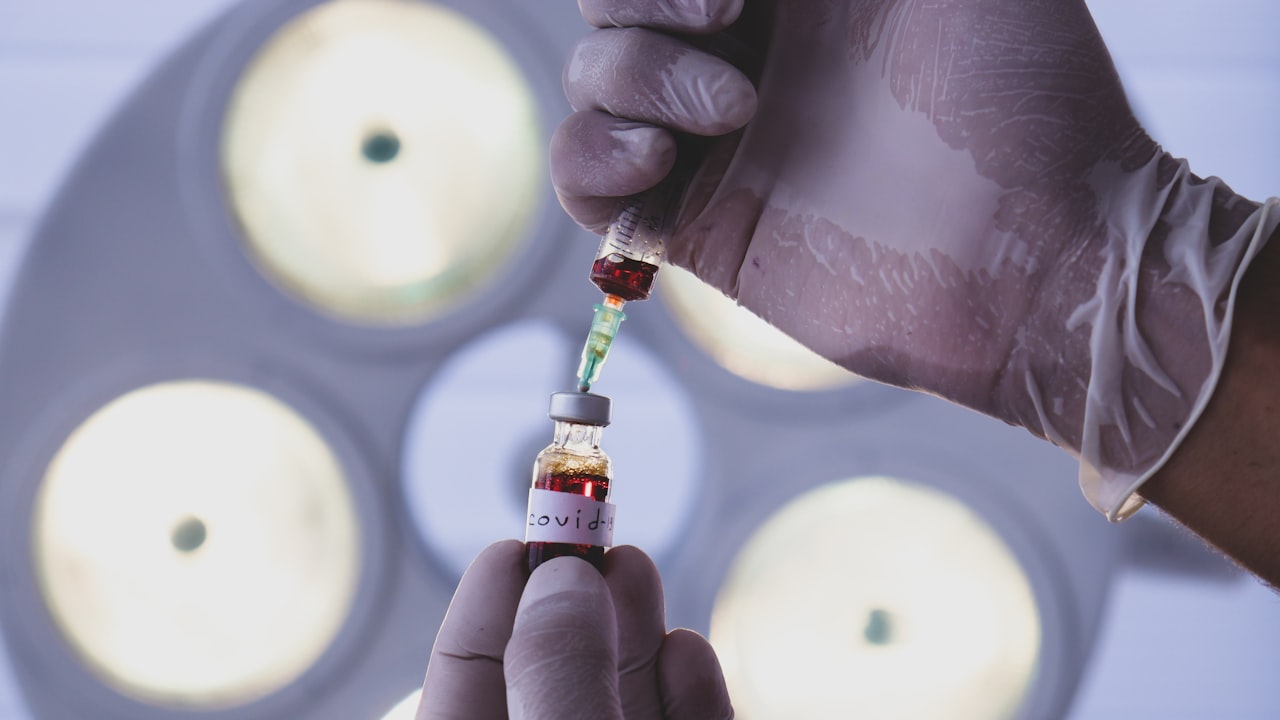 Title: Exploring the Importance of Injection Molds in Modern Manufacturing
Title: Exploring the Importance of Injection Molds in Modern Manufacturing Title: An Overview of Injection Molds in Manufacturing Process
Title: An Overview of Injection Molds in Manufacturing Process